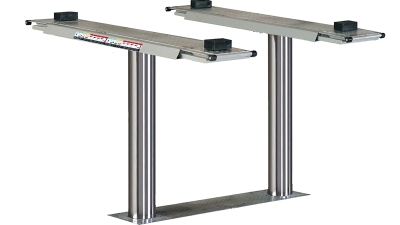The Ultimate Guide to Choosing the Right Portable Crane Lift for Your Needs
Table of Contents
- Key Factors to Consider When Selecting a Portable Crane Lift
- Understanding the Different Types of Portable Crane Lifts Available
- Essential Safety Features to Look for in Portable Crane Lifts
- Load Capacity and Weight Limitations: What You Need to Know
- Portability and Storage Solutions for Your Crane Lift
- Maintenance Tips for Ensuring Longevity of Your Portable Crane Lift
- Maximizing Efficiency in Auto Repair: Insights from Industry Reports on the Double Post Inground Lift L4800(E) with Bridge-Type Support Arm
- FAQS
- Conclusion
- Related Posts
When you're trying to pick out the right portable crane lift for your needs, it’s pretty important to understand some of the common problems that can come up with different types. As industries keep changing and evolving, there’s a growing need for lifting solutions that are both versatile and dependable.
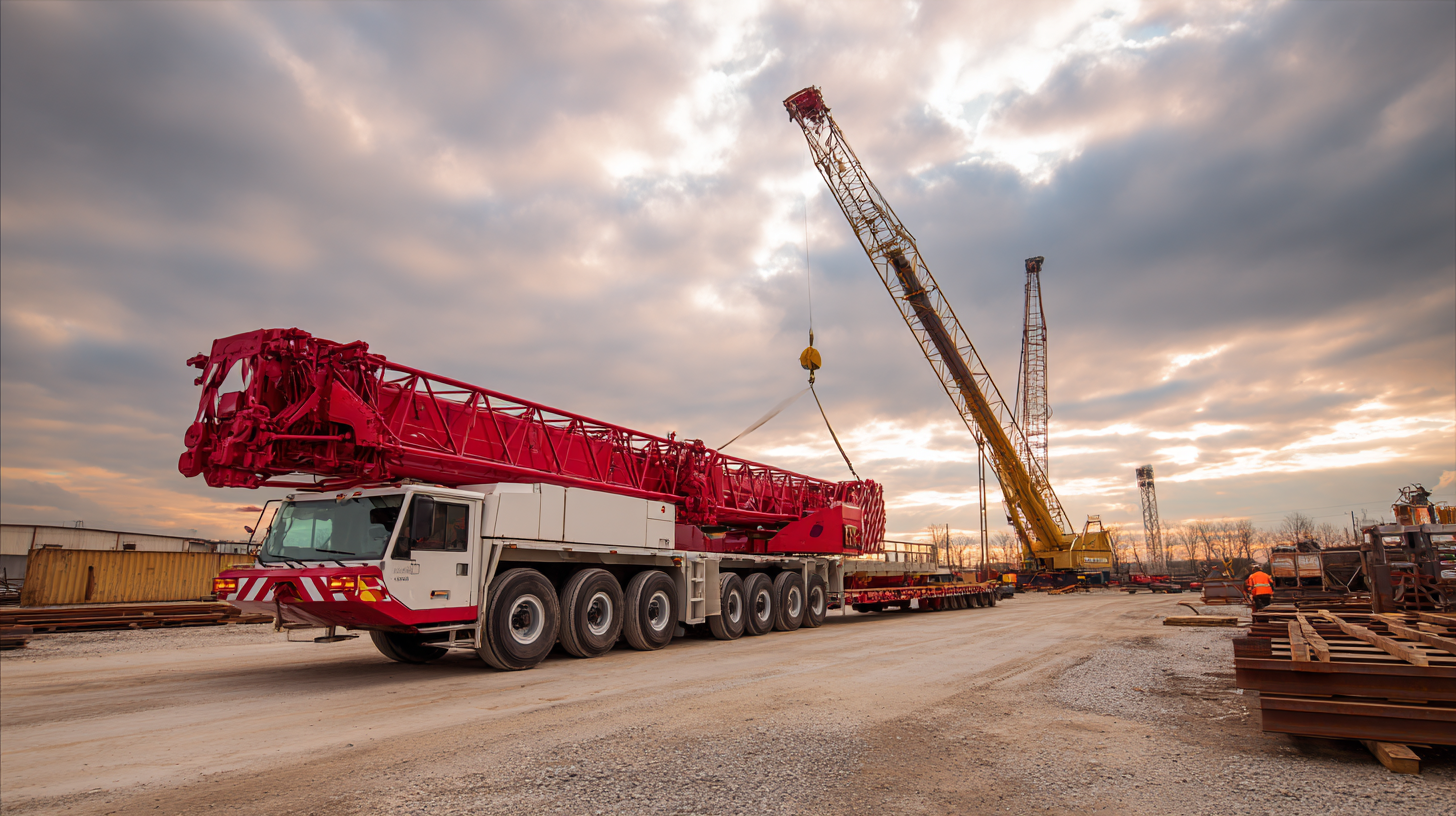 Yantai Tonghe Precision Industry Co., Ltd. — you know, a real leader in the field when it comes to hydraulic controls, cylinders, and car lifts — gets how crucial it is to make informed decisions. This guide’s here to break down the complexities around portable crane lifts, pointing out some of the typical issues users might run into, and offering tips to help you find the best equipment for your specific projects. Whether you’re into construction, warehousing, or any other line of work where moving stuff around efficiently is a must, understanding these points will really help boost your productivity and keep things safe.
Yantai Tonghe Precision Industry Co., Ltd. — you know, a real leader in the field when it comes to hydraulic controls, cylinders, and car lifts — gets how crucial it is to make informed decisions. This guide’s here to break down the complexities around portable crane lifts, pointing out some of the typical issues users might run into, and offering tips to help you find the best equipment for your specific projects. Whether you’re into construction, warehousing, or any other line of work where moving stuff around efficiently is a must, understanding these points will really help boost your productivity and keep things safe.
Key Factors to Consider When Selecting a Portable Crane Lift
When you're choosing a portable crane lift, there are a few important things you really want to keep in mind to make sure you pick the right gear for your specific job. For starters, think about how much weight you’ll be lifting — that’s a big one. Portable cranes come in all sorts of sizes, so figuring out the maximum load you’ll need to handle helps you narrow down your choices. It’s smart to match the crane’s capacity not just to what you’re lifting now, but also to any future needs, so you don’t end up overloading or outgrowing your equipment.
Another thing that’s super important is how far and how high the crane can reach. Depending on where you’re working, you’ll want to check how well it can extend to reach materials or lift things up. Some mobile cranes are better at horizontal reach, while others excel at vertical lifting — so pick what fits your job best. Don’t forget to think about the terrain too — if you're working on uneven ground, make sure the crane has the right wheels or stabilizers to keep things safe and steady.
And lastly, consider how easy it is to transport and set up. Honestly, a crane that’s quick to move and assemble can make your job way smoother and save you time, especially if you’re jumping between different sites often. All these little things add up, but paying attention to them can really make your life a lot easier when working with portable cranes.
Understanding the Different Types of Portable Crane Lifts Available
When you're picking out a portable crane lift, it's really helpful to get a grasp of the different types out there, since each one is geared towards specific jobs. For example, a mini crane is pretty popular — it’s super easy to maneuver, which makes it perfect for tight spots where bigger equipment just won’t fit. Sure, these cranes don’t lift enormous loads, but they’re more than capable of reaching heights needed for small construction projects or fixing things up in buildings where bigger cranes can’t go.
Then there’s the electric crane lift — these are powered by electricity, so they’re a lot more eco-friendly. That’s a big plus if you’re working inside a closed space with limited ventilation, since they don’t produce exhaust fumes. They’re especially popular indoors for that reason. And if you’re dealing with really heavy stuff, hydraulic cranes are your go-to. They’re known for lifting heavy loads with a good amount of precision and control. They often have extendable arms, which come in handy for reaching into tricky spaces or more complex setups.
All in all, each type of portable crane lift is designed for different kinds of jobs. Getting to know these differences can really help you pick the right tool for your specific lifting tasks and work environment — so you’re not stuck using the wrong gear for the job at hand.
Essential Safety Features to Look for in Portable Crane Lifts
When you're picking out a portable crane lift, safety should really be your top priority. Things like overload protection are a must — these systems make sure the crane doesn't try to lift more than it’s designed for, which helps prevent accidents. Also, it’s super helpful if the crane has an emergency stop button that you can hit instantly if something’s not right. These features aren’t just bells and whistles; they’re crucial for keeping not only the operators safe but also the loads secure.
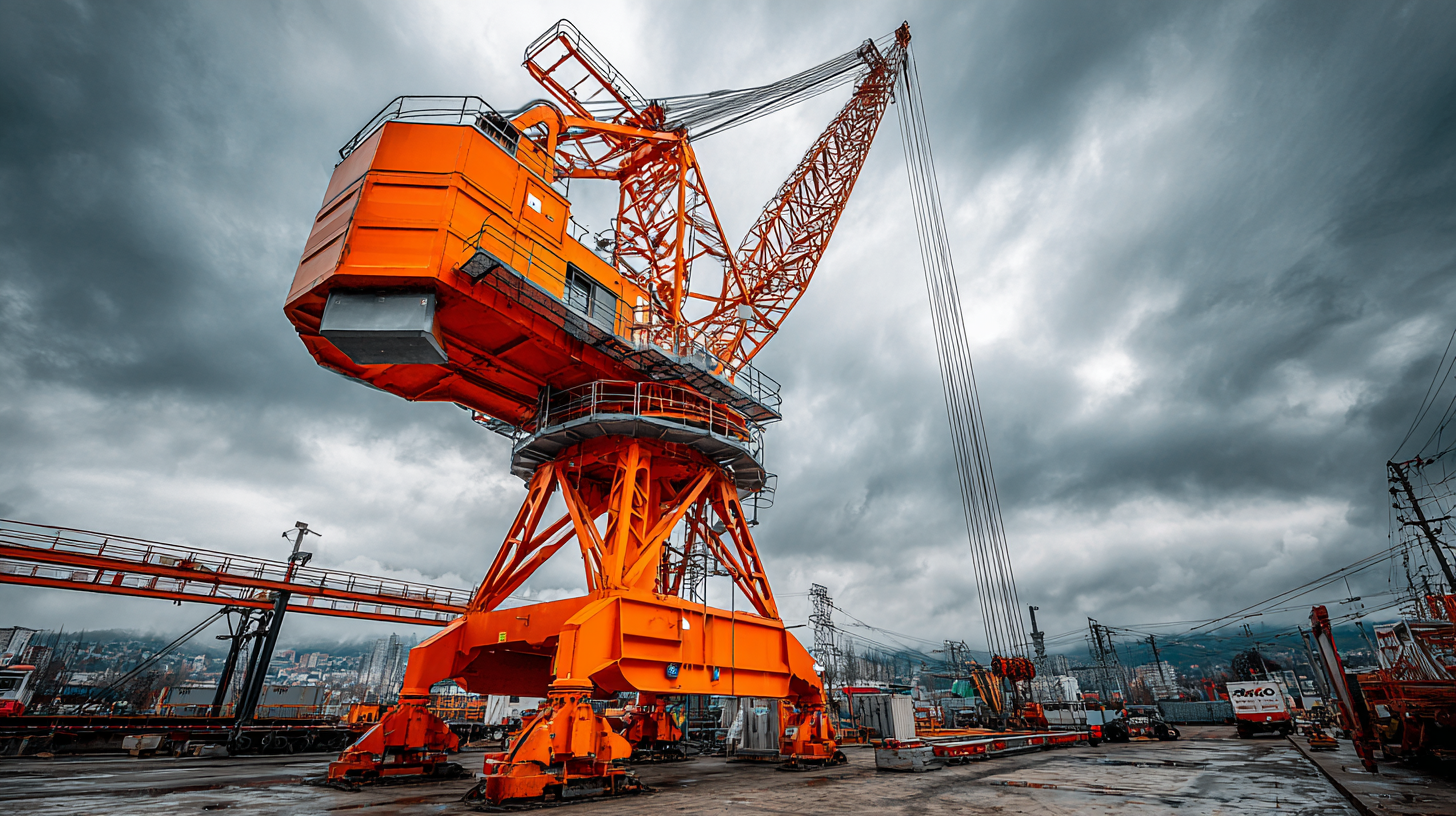
Another key safety feature to look out for is warning systems—both visual and audio. They’re handy because they alert the operator if there’s something nearby or if there’s a potential problem during lifting. Plus, a user-friendly display that shows real-time info like load weight and position can really make a difference in keeping everything running smoothly and safely. As technology keeps evolving, making sure your portable crane lift has these safety features will help you work more efficiently and ensure everyone stays safe on the job site.
Load Capacity and Weight Limitations: What You Need to Know
When you're choosing a portable crane lift, it’s really important to get a good handle on its load capacity and weight limits. These details are key to keeping everything safe and running smoothly. Basically, load capacity is the maximum weight the crane can handle without any issues, while weight restrictions take into account the overall stability of the crane during operation. It’s a good idea to think about what you’ll be lifting—like the types of materials and their weights—to find a crane that fits your specific needs. You don’t want to end up with something that’s too weak or overkill for the job.
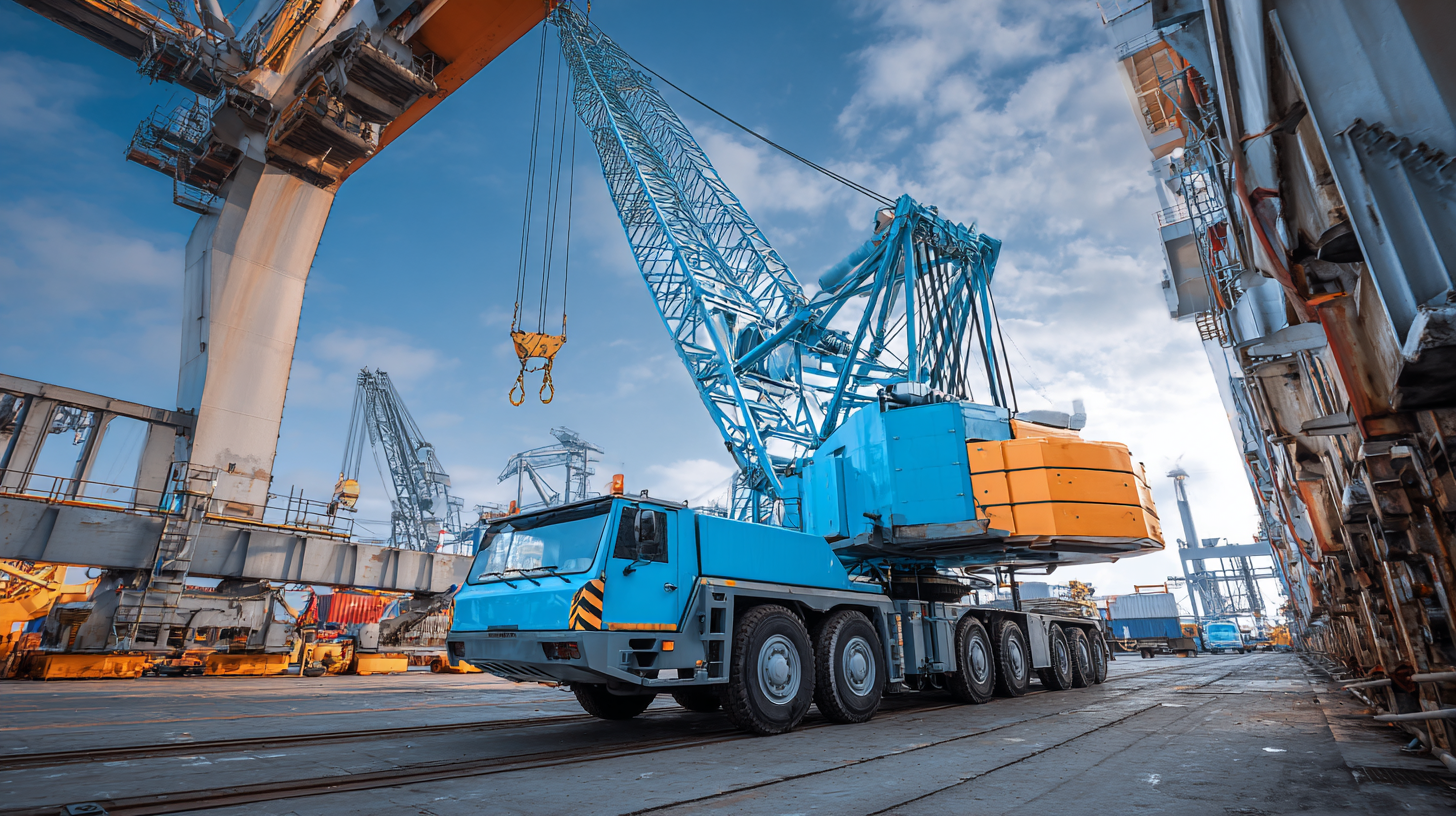
Also, don’t forget to think about where you’ll be using the crane. Things like uneven ground or overhead obstructions can really impact how well the crane performs. Always check the manufacturer’s specs to make sure you’re choosing a lift that has enough safety margin. If you keep these factors in mind, you’ll pick a portable crane lift that not only handles your workload well but also keeps everyone safe and compliant with safety rules. In the end, it’s all about making sure everything’s up to standard so you can work smarter and safer on site.
Portability and Storage Solutions for Your Crane Lift
When you're choosing a portable crane lift, one of the main things to think about is how easy it is to move around and store. Having a compact design really makes a difference if you're always on the go, hopping from one job site to another. It's worth looking for models that can be taken apart or folded up—this makes transportation a whole lot easier and cuts down on space needed for storage back at your workshop or warehouse. Also, keep an eye on the weight; lighter lifts are usually easier to handle. But, just make sure they’re sturdy enough to handle whatever lifting task you’ve got going on.
And don’t forget about how you'll store the thing. Some models come with wheels or features that let you slide them under a workbench or into a garage with ease. If space is tight, it might be smart to get a portable crane that includes a carrying case or maybe a stand. This helps keep everything protected during transport and makes organizing all the parts a breeze. Picking a crane lift that’s designed with portability and storage in mind really helps boost your efficiency on-site and makes your work way smoother.
Maintenance Tips for Ensuring Longevity of Your Portable Crane Lift
When you're thinking about making sure your portable crane lift sticks around and keeps working smoothly, good maintenance is absolutely essential. Doing regular inspections and catching small issues early can really help these impressive machines last longer — we're talking up to 20 or even 25 years, according to industry folks. That’s a big deal because it makes the whole thing way more cost-effective in the long run. And for those tough rough-terrain cranes, it’s even more important since they go through all kinds of tough conditions that can cause wear and tear if you're not keeping a close eye.
To keep your crane in tip-top shape, here are some tips. First off, make sure to check the hydraulic fluid levels regularly — and look out for any leaks, because hydraulic systems are under a lot of pressure and any little issue could turn into a big problem. Next, don’t forget to lubricate all those moving parts now and then; it really helps cut down on friction and wear. And of course, give everything a good visual once in a while, especially after heavy use — cracks, damages, anything like that. The key thing here is staying proactive with your maintenance. It not only keeps your crane running smoothly but also keeps everyone safe on-site, cutting down on accidents and costly downtime.
Remember, a little regular TLC goes a long way!
Maximizing Efficiency in Auto Repair: Insights from Industry Reports on the Double Post Inground Lift L4800(E) with Bridge-Type Support Arm
In the competitive world of auto repair, maximizing efficiency is crucial for achieving high productivity and customer satisfaction. The Double Post Inground Lift L4800(E), equipped with a state-of-the-art bridge-type support arm, exemplifies this commitment to efficiency. According to recent industry reports, such lifts can significantly reduce the time taken for essential maintenance tasks, with some estimates suggesting an increase in operational speed of up to 30%.
The design of the L4800(E) facilitates a seamless vehicle lift process. The bridge-type supporting arm ensures that both ends are equipped with a passing bridge, allowing for effective lifting of the vehicle's skirt. This feature makes the lift suitable for a diverse range of wheelbase models, catering to the needs of repair shops servicing various vehicle types. Moreover, the skirt of the vehicle making full contact with the lift pallet enhances stability during the lifting process, reducing the risk of accidents or damage.
Data from industry analyses show that combining such advanced lifting technology with trained technicians can improve workflow efficiency, optimize shop layout, and decrease vehicle turnaround time. As auto repair shops strive to enhance productivity, investing in lifts like the L4800(E) proves to be a strategic move, not just for operational efficiency but also for maintaining a bustling, customer-focused business.
FAQS
: Common types include mini cranes, electric crane lifts, and hydraulic cranes, each designed for specific applications.
A mini crane offers exceptional maneuverability, making it ideal for tight spaces. It usually has a lower lifting capacity and is suitable for small construction tasks or maintenance in buildings where larger cranes can't operate.
Electric crane lifts are powered by electricity, making them environmentally friendly and reducing the risk of exhaust emissions in enclosed workspaces.
Hydraulic cranes are renowned for their ability to lift heavy loads with precision and control, often featuring extendable arms that enhance their reach in complex environments.
Understanding load capacity is crucial to ensure safety and efficiency, as it refers to the maximum weight a crane can safely lift.
It's essential to assess the type of materials being lifted and their weights, as well as the environment, including uneven ground or overhead obstructions.
Always consult the manufacturer’s specifications to determine the correct load capacity and ensure a suitable safety margin is offered.
Exceeding the load capacity can compromise the crane's stability, leading to accidents and potential injuries.
Knowing the distinctions between each type enables informed choices based on specific lifting needs and operational conditions, enhancing productivity.
Manufacturer specifications provide critical information regarding the lift's load capacity and safety margins, ensuring the chosen crane will perform safely and effectively.
Conclusion
Picking the right portable crane lift is a pretty big deal if you want things to run smoothly and safely during your lifting jobs. When you're out shopping for one, it's good to think about a few things—like which type of lift actually fits your needs, what safety features really matter, and whether you’ve got a clear idea of the load limits and weight restrictions. Oh, and don’t forget to look into how easy it is to move around and store the darn thing; convenience can make a huge difference in your day-to-day work.
On top of that, keeping your lift in good shape with regular maintenance is super important. A little bit of checking now and then not only helps it work better but also keeps everything safe on site. Here at Yantai Tonghe Precision Industry Co., Ltd., we’re all about high-quality hydraulic control systems and equipment, so you can count on us to be a trustworthy partner for your lifting needs. Honestly, investing a bit in the right portable crane lift can really improve your workflow and make safety a no-brainer.
Related Posts
-
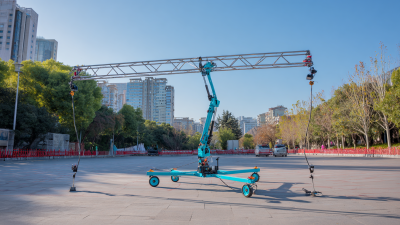
Transforming Your Workflow in 2025 with the Best Mobile Lift Solutions for Global Buyers
-
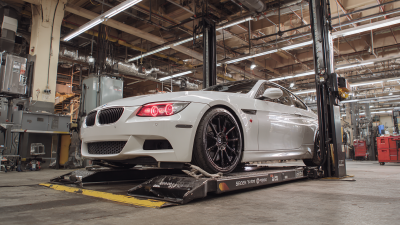
Innovative Applications of Quick Lift Car Jack in Automotive Repair
-
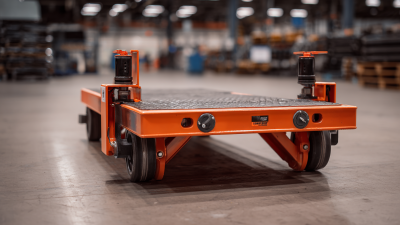
The Future of Portable Trolley Jacks in Global Manufacturing
-
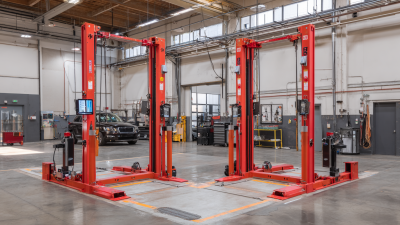
Comparing the Benefits of Portable Column Lift vs Traditional Lift Systems
-

How to Choose the Best Portable Hydraulic Jacks for Electric Cars by 2025 Industry Trends
-

Experience Excellence in Manufacturing with the Best Mobile Forklift from a World Class Chinese Factory
Blog Tags:


